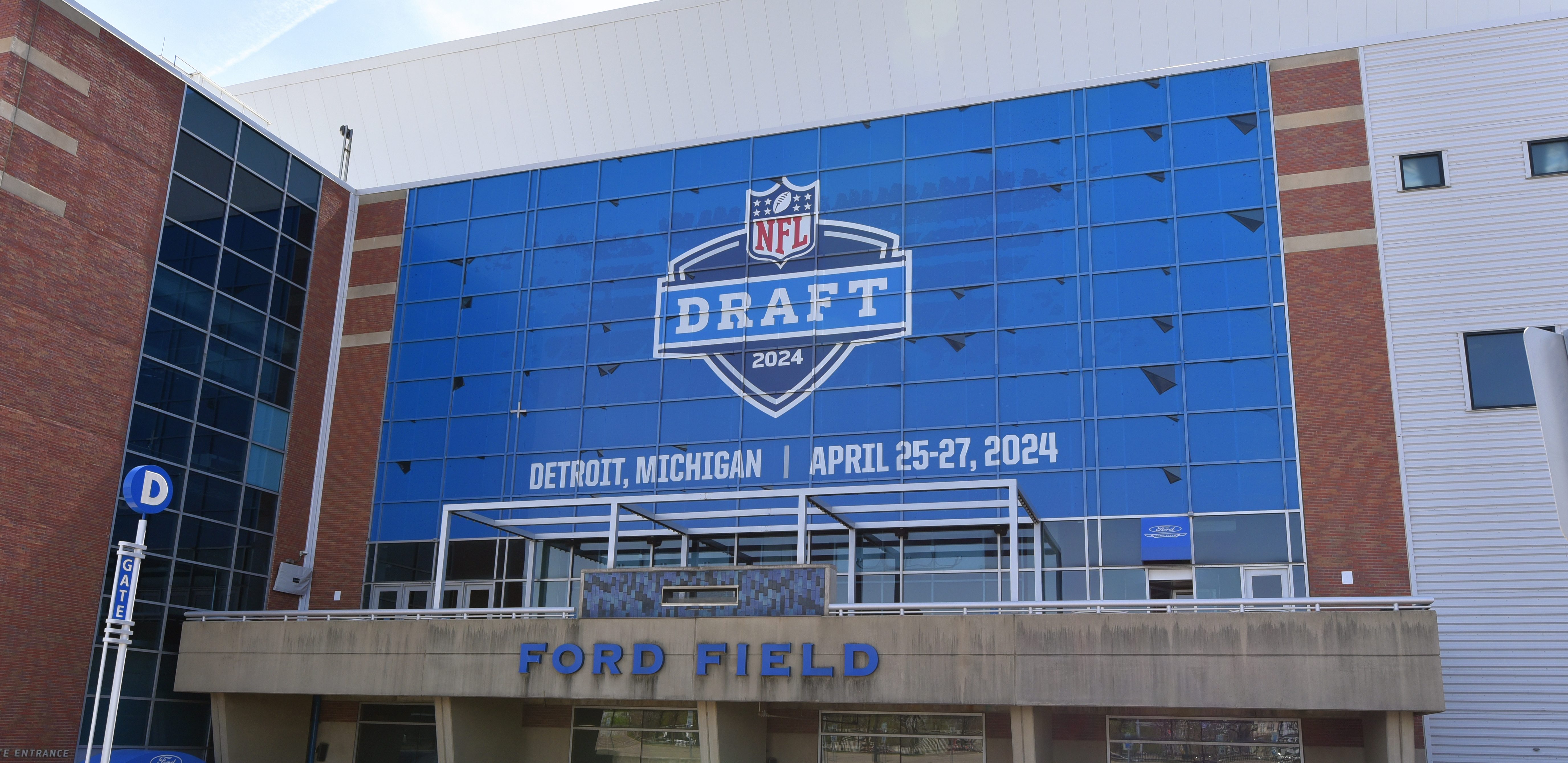It was a sweeping goal, spelled out on a colorful, full-screen slide and presented to leaders of the U.S. Olympic Committee in a meeting last year.
Sports executives in America targeted athletes on Team USA to win 37 medals at the Pyeongchang Games.
Heading into the final 48 hours of action, the United States had 21. Even if things were to go well over the handful of remaining events, the team will fall more than 10 medals short of the goal.
The information on the slide, obtained by The Associated Press, offers a slice of the data the USOC board uses to set expectations and approve funding for an upcoming Olympics. Providing resources to help athletes win medals at the Games is one of the federation's foremost missions. It spends more than $60 million every four years, delivered from several different revenue streams into a variety of different programs, to fund Winter sports.
But the USOC has long been reluctant to make its predictions public, essentially stepping away from the numbers game since the departure of former chairman Peter Ueberroth, who always urged executives to under-promise, then over-deliver.
The USOC's chief of sport performance, Alan Ashley, acknowledged the 2018 team will not reach its goal, while also saying "we're doing fine."
"I look at it and I go, 'OK, medals are one story, but if you look at the depth of everything that's going on, and the number of people who are fourth and fifth place, and the commitment level and intensity of the athletes, you can't ask for more than that," Ashley told AP.
Sports
In partnership with NBC Sports Philadelphia
Heading into Friday night's action, 21 U.S. teams or athletes — including Mikaela Shiffrin, Nathan Chen and Lindsey Jacobellis — had finished fourth or fifth in their events, which accounts for part of the gap between expectations and reality.
Lindsey Vonn was one of the Americans with the most medal potential. She finished third in the downhill, tied for sixth in the super-G and DNF in the combined. She insisted that America's performance shouldn't be judged strictly by the medal count.
"The expectation of winning gold medals is pretty out of whack and I think we need to be proud of all of our athletes for how much they've sacrificed and put in to be here," she said. "Medals — they're not necessarily what the Olympics are all about. ... To quantify it in how many medals you have is not appropriate and doesn't respect the athletes and what they've put in to be in these games."
To be sure, the U.S. has enjoyed its share of inspiring success stories, including a cross-country victory by Kikkan Randall and Jessie Diggins and the women hockey team's shootout victory Thursday over Canada to halt a 20-year stretch without a gold medal.
Hockey and cross country were among the sports in which the USOC did not over-promise in its internal document. It predicted both sports would garner only one medal, with a "stretch" goal of two in each sport.
Under that same "stretch" scenario across all sports, the document said the U.S. could win 59 medals, which would've shattered its 37 medal haul in 2010, the all-time mark for any Winter team. It set a minimum goal of 25 medals.
On the sport-to-sport breakdown, several teams missed their mark.
—Speedskating was tabbed to win four medals; through Friday, it had one.
—Bobsled and luge predicted a total of four; they had two.
—In the strangest twist, freestyle skiing and snowboarding — action sports that have padded the U.S. medal count over the last few Olympics, and especially this year — were pegged to collect 18 medals. Heading into Saturday, those sports had amassed 10. Wins by Shaun White, Chloe Kim, Red Gerard and others turned the Phoenix Snow Park into a consistent beacon of hope for a struggling team. And yet, the over-projections in those sports accounts for a large chunk of the shortfall.
The U.S. dipped to 28 medals in 2014, and the AP projects a finish of 23 this year. Reflected as a percentage of medals won — the number available has steadily grown with the addition of more action sports, among others, to the program — the U.S. took 14.3 percent in 2010, 9.6 percent in 2014 and will be at 7.5 percent this year if it closes with 23.
Funding for Winter sports, meanwhile, has been on a steady uptick this decade. The amount granted to Winter sports federations in the years 2015-16 increased by nearly 6 percent from the corresponding window of the previous Olympic cycle, 2011-12.
Ashley of the USOC said he's prepared for questions at the next board meeting, where he'll deliver a breakdown of what went right and wrong in Pyeongchang.
"They're going to ask questions, but if you start looking into the details of what happened here and how people performed, they performed great," he said. "Sometimes you're on one side of it, and sometimes you're on the other side. But I feel the same way now as I did when we walked into these Games. We have a really, really good team with an amazing bunch of athletes."
AP Media Writer David Bauder and AP Sports Writer Howard Fendrich contributed to this report.



